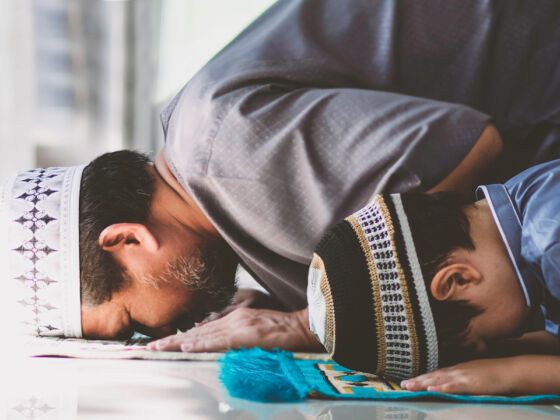MY DAD WAS THE FIRST in the family to see it.
Fresh off a hitch on an Egyptian oilrig, he had a house full of friends and family to entertain with tales from abroad.
Much to the delight of his guests (but to my horror) his story about the third eye of Islam culminated with his finger tapping against the middle of my forehead, as he asked pointedly, “How’d you get that mark right there, Mohammed? Huh? Huh?”
